I have connected 10 LEDs in series, the LEDs have a current rating: 20 mA which is 0.02 A and forward Voltage: 2V.
My power supply provides me with: 5V DC 2A
By using the formula down below:
$$R = \frac{vs-vf}{i} = 5 - \frac{2}{20} = 150 \Omega$$
I can see that LEDs need 150 ohm.
Which is in total \$10*150 = 1500\Omega\$
I connected: 1 k resistor, 2 x 150 ohm resistor and 2 x 100 ohm resistor which is a total of: 1500 ohm.
But the 10 LEDs dont turn on, what's wrong?
I can still turn 3-4 LEDs with or without the resistors.
Try to explain this down below please:
I tried to connect a single green led by itself without a resistor. It turned orange which is a sign that it needs a resistor.
Then I connected 150 ohm resistor to the led and it became green. I then changed the resistor value from 150 ohm to 1 k ohm, but it did not change the brightness of the led, it still the same green, no fading in brightness.
I tried to change the value to 33k ohm, it faded in brightness, but I can still see some greenish brightness in the LED.
What's wrong? Why is the LED responding like that to the resistor's value? I mean 1k ohm is much more then 150 ohm but it worked the same.
P.S.: I bought the resistors from China via eBay.


